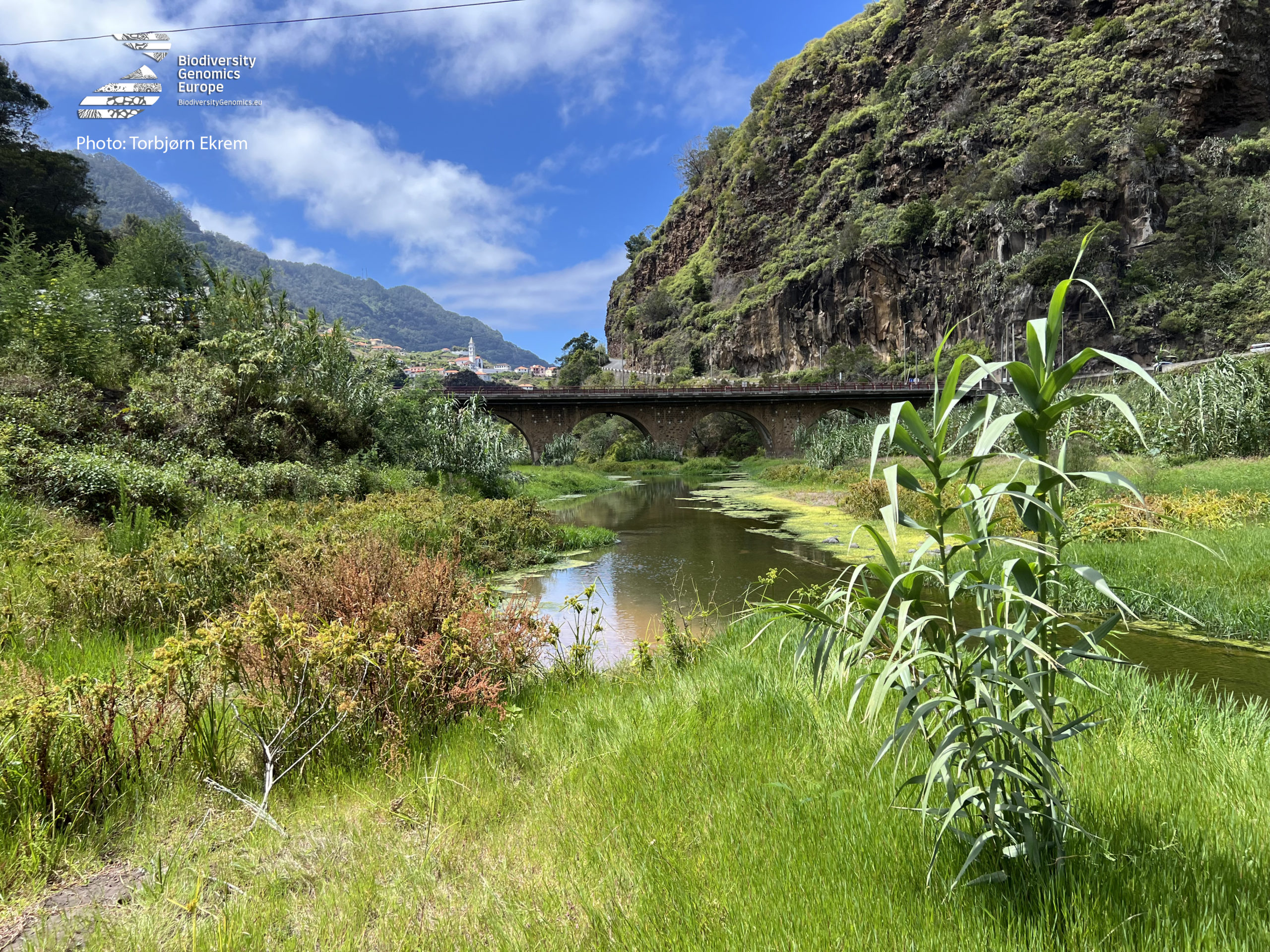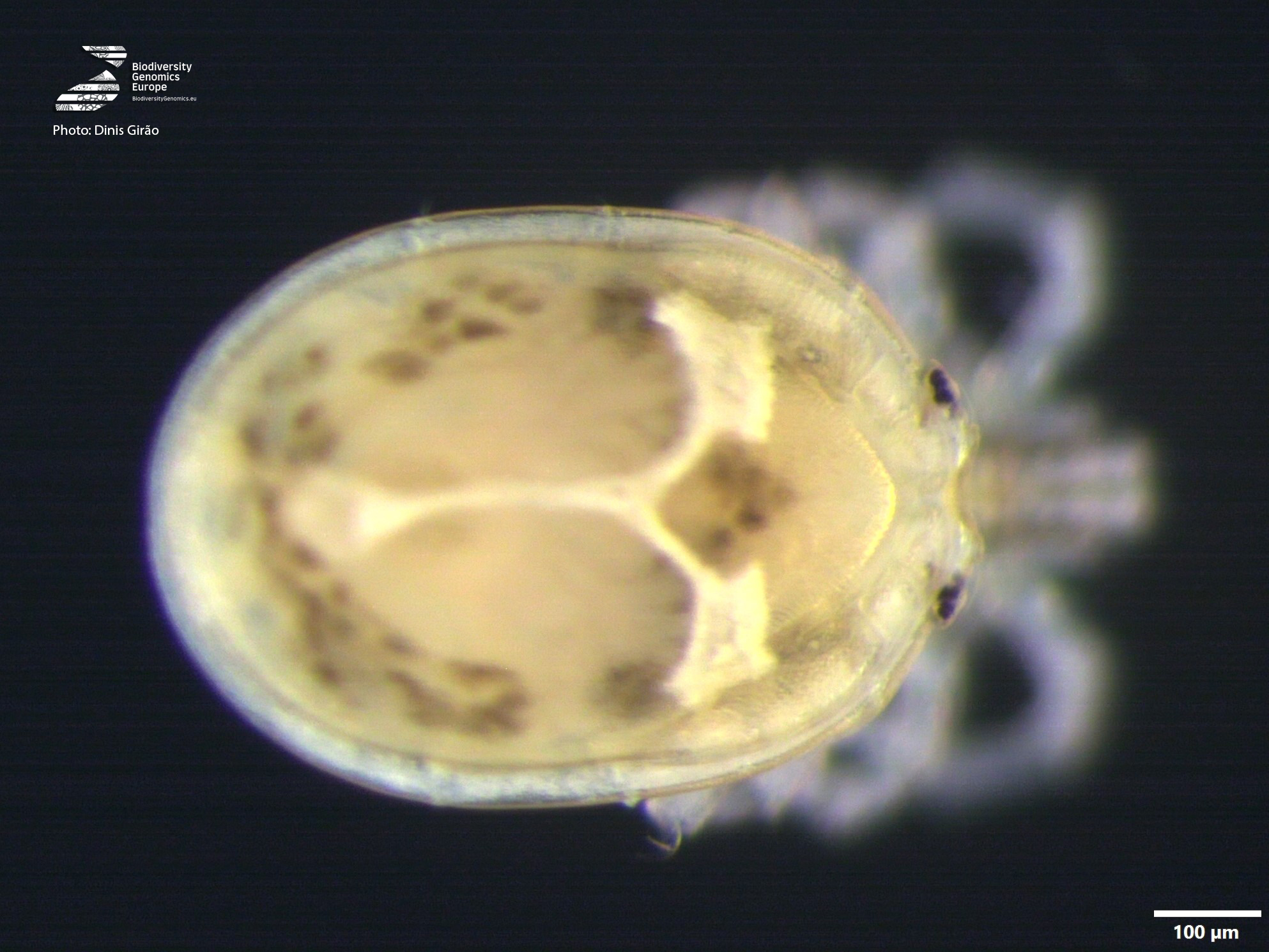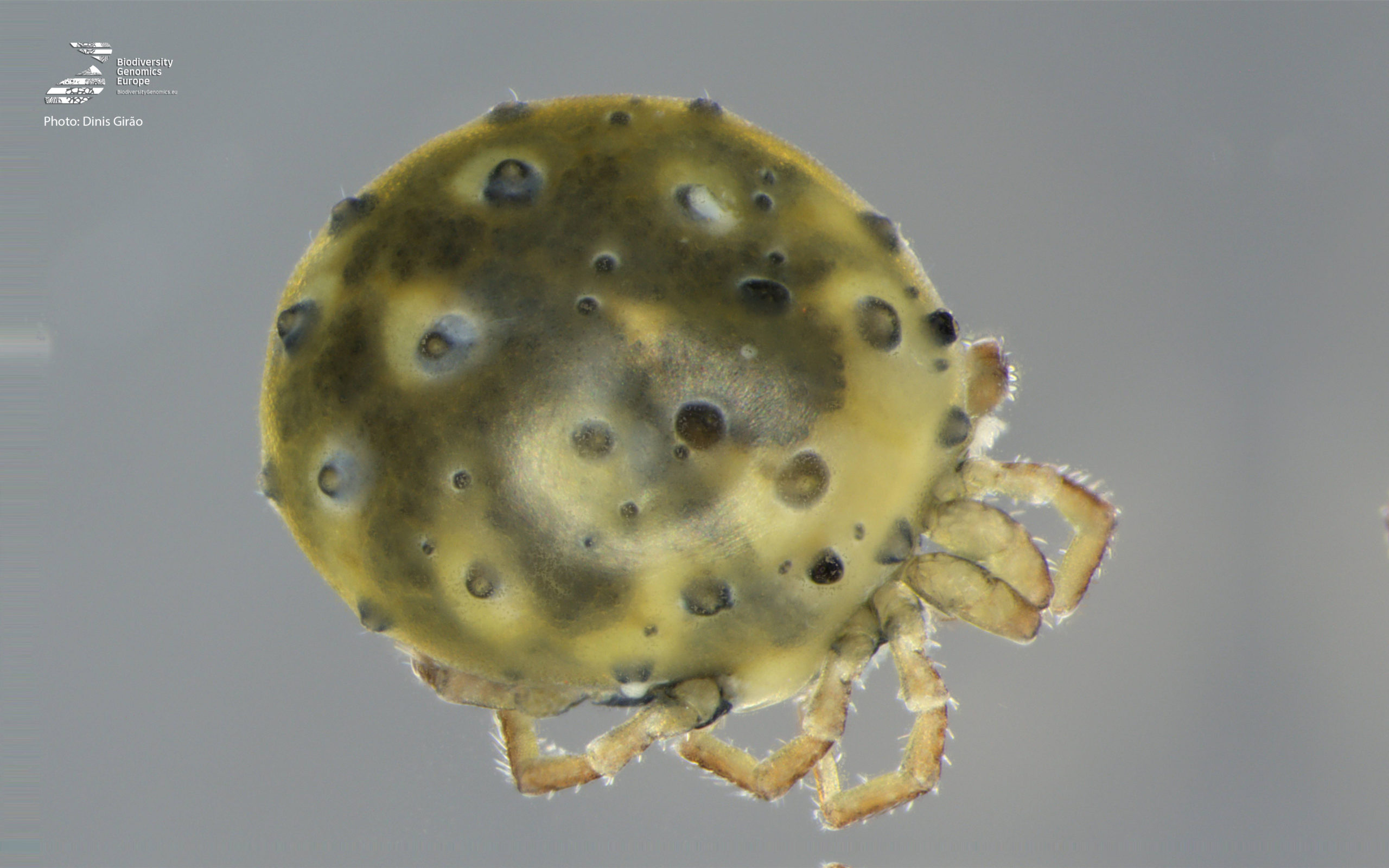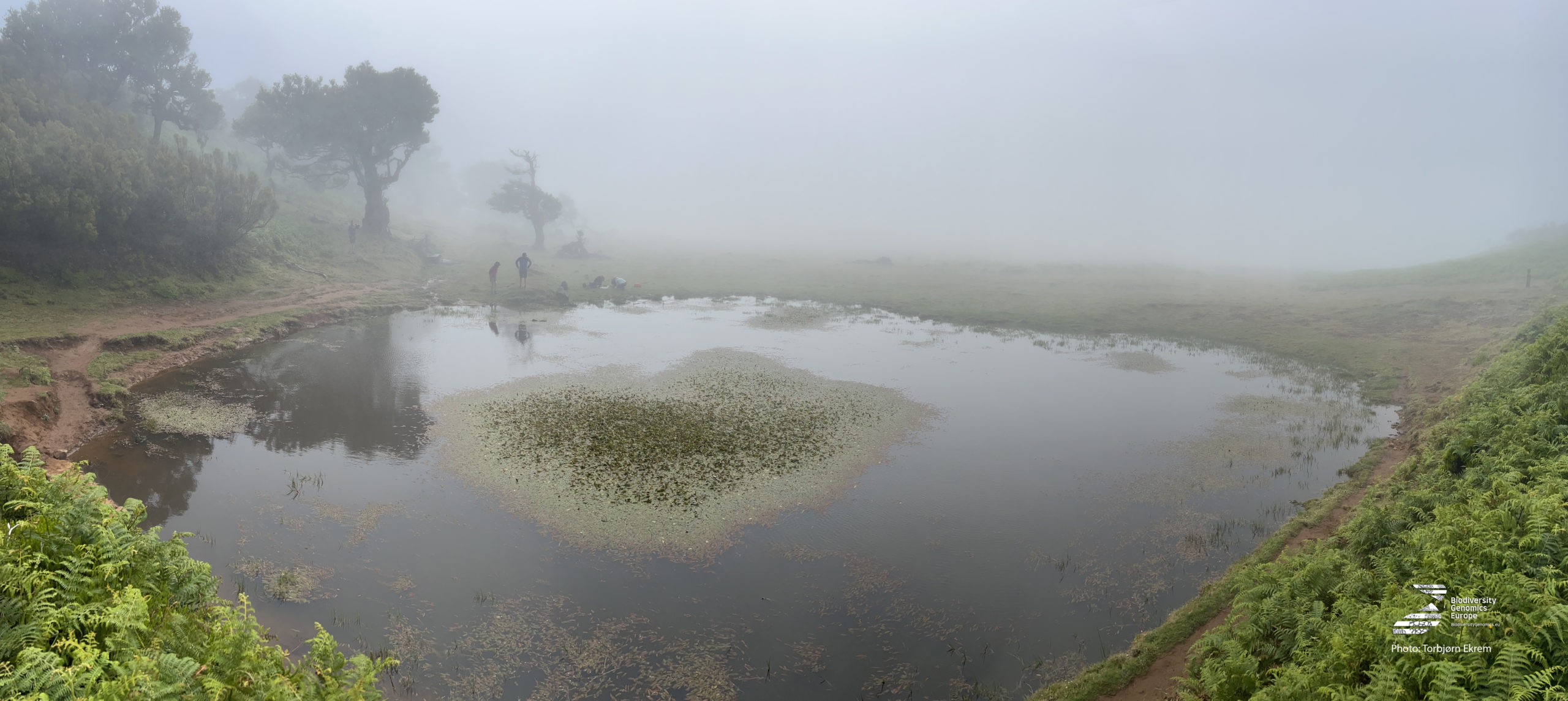22 April 2025
DNA Barcoding Decodes Unique Species of the Madeira Archipelago for the First Time!
A total of 25 species of aquatic mites have been identified, and of these 23 are endemic to Madeira. Aquatic mites are important regulators of invertebrate populations in freshwater systems, have enormous bioindication potential and are harmless to humans.
Please, click below for a full-length research paper on the subject
The Madeira archipelago is a biodiversity hotspot, that is, it has a rich diversity of marine
and terrestrial species, including many endemic species. Among its most unique ecosystems
are the small, steep streams that create a great diversity of natural freshwater habitats.
These environments support rich communities of aquatic invertebrates, demonstrating the
high biodiversity and ecological value of the archipelago. Within this group, aquatic mites
stand out for their high degree of endemism — they are the group with the most species
exclusive to Madeira among freshwater macroinvertebrates. To date, 25 species of aquatic
mites have been identified, and of these 23 are endemic to Madeira. Aquatic mites are
important regulators of invertebrate populations in freshwater systems, have enormous
bioindication potential and are harmless to humans.

Image of the Faial Stream, in Madeira archipelago (Photo: Torbjorn Ekrem, BGE)
The dataset presented in the publication includes 584 DNA barcodes, which represent the
genetic barcodes of 23 species (more than 80% of the known fauna of aquatic mites in
Madeira). The work involved an international team that brought together researchers from
the BIOPOLIS Association, the Marine and Environmental Sciences Centre (MARE), the
Regional Agency for the Development of Research Technology and Innovation (ARDITI), the
Funchal Museum, the University of Montenegro, the University of Norway (NTNU), the University of Szczecin (Poland) and the University of Lodz (UniLodz).
“The field days were extraordinary! Not only did we get to know better the endemic species,
but we also learned and shared knowledge among participants from various institutions!”

Torrenticola elliptiformis (Lundblad, 1941) Photo: Dinis Girão
Large-scale comparison of the new sequences with those available in public databases such
as BOLD confirmed the uniqueness of the genetic diversity of the aquatic mites inhabiting
Madeira. Furthermore, genetic data revealed that Sperchon brevirostris Koenike, 1895, a
species common in freshwaters of Europe and Macaronesia, consists of multiple genetic
lineages, one of which is restricted to Madeira Island. Finally, our research revealed three
species new to the aquatic mite fauna of Madeira, namely Arrenurus bicuspidator Berlese,
1885 from Porto Santo Island and, Hydrachna skorikowi Piersig, 1900 and Lebertia
algeriensis Lundblad, 1942 from Madeira Island. This last species, currently considered very
common in the island's running waters, may be the first aquatic mite species documented
as exotic in freshwater ecosystems of Madeira.

Sperchon brevirostris Koenike, 1895. Photo of Dinis Girão
“Our efforts have yielded new insights into the Madeira archipelago’s interesting natural history.”
The work is being carried out within the context of the Biodiversity Genomics Europe
project, the largest European genomics project to study biodiversity. The project brings
together scientists from 33 partner organisations across 20 European countries in an
unprecedented effort to apply genomics to biodiversity research that will change
conservation science and policy in Europe.




